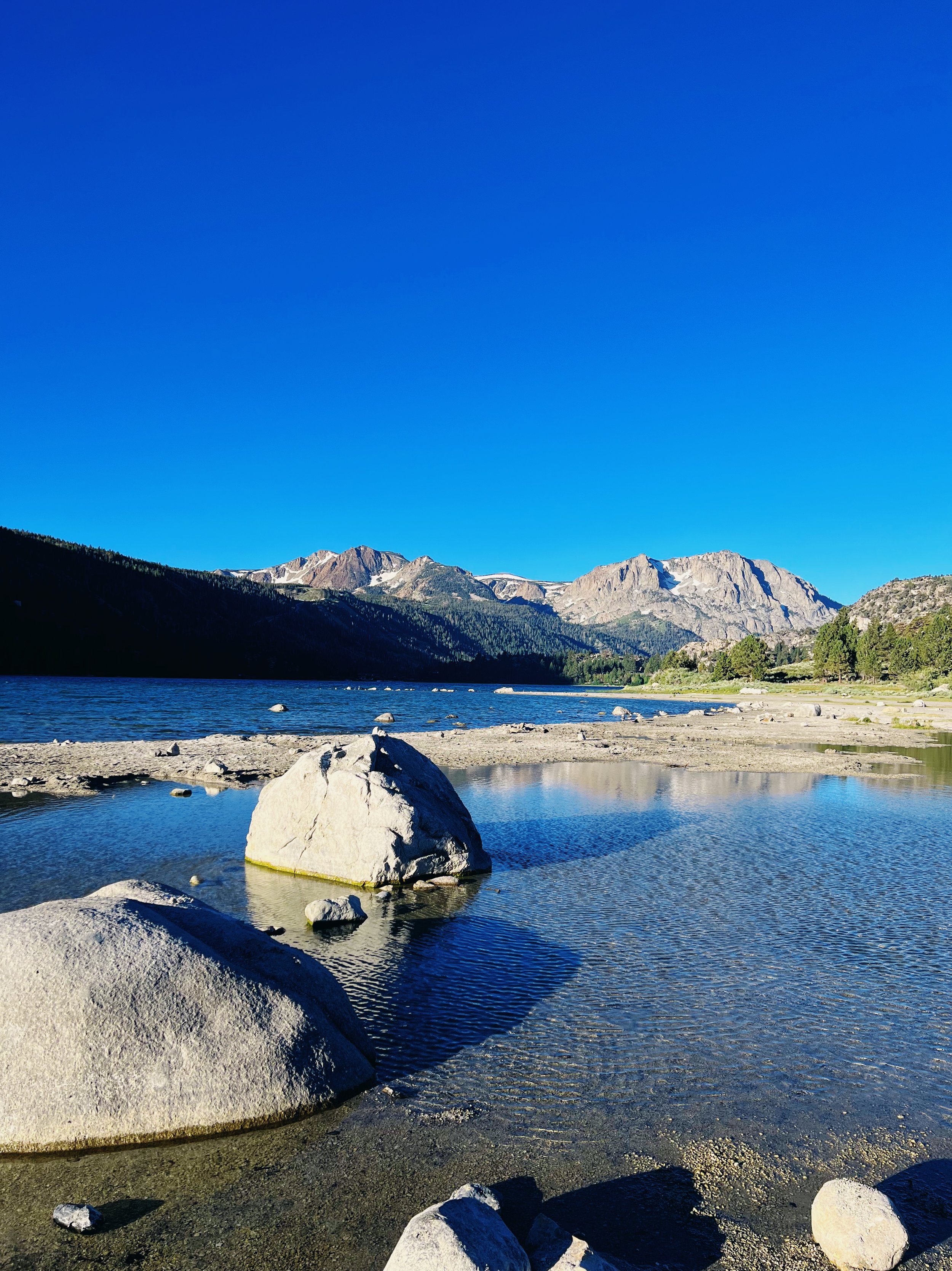
The Ultimate Guide to Fishing in June Lake, California
June Lake, nestled in California's picturesque Sierra Nevada, is as a coveted destination for fishing enthusiasts, offering a rich blend of trophy trout, scenic beauty, and a touch of rustic charm. This subalpine lake in the Inyo National Forest presents anglers with a varied and abundant aquatic ecosystem, perfect for embracing both the serenity and thrill of fishing.

Experience the Best Hikes on the Majestic Mendocino Coast
The Mendocino Coast, with its reputation for awe-inspiring views and diverse hiking trails, beckons adventurers to explore its unique stretch of the California shoreline. Known for being part of the "Lost Coast," the largest roadless coastal area in the continental U.S., this region offers tranquil remote shores and magnificent redwood groves, all accessible by a network of scenic trails.
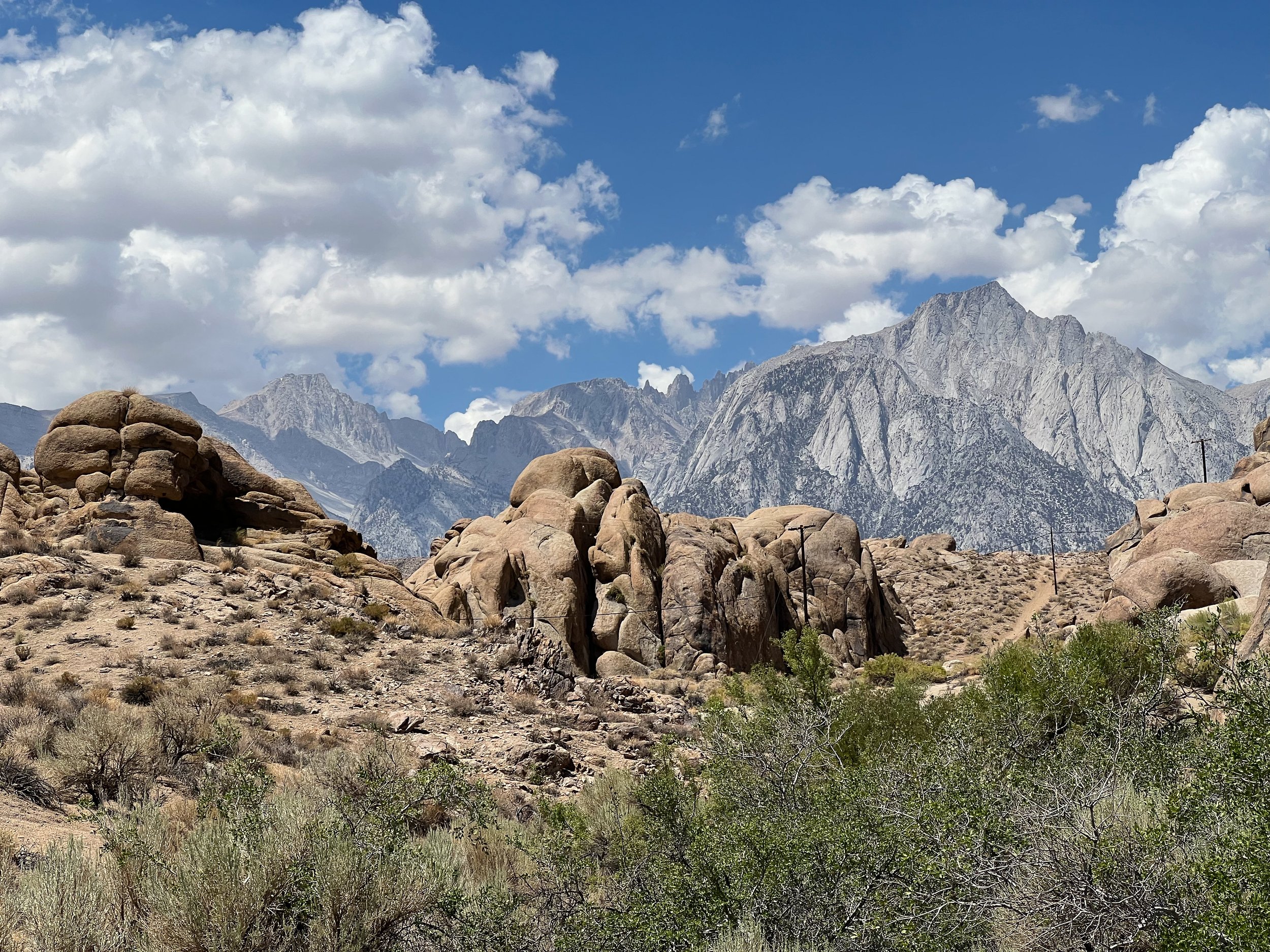
Geology and History of the Alabama Hills
Nestled in the Owens Valley with a stunning backdrop of the Sierra Nevada, the Alabama Hills are a geological marvel steeped in both natural beauty and a rich history. This iconic landscape, characterized by its intricate rock formations and natural arches, embodies the spirit of the American West.
Uncovering how these hills formed, understanding the influence of weathering, and acknowledging its cultural significance provides a multifaceted look into Alabama Hills' past and present. This guide explores the region's geology, indigenous history, and its role in film and culture.
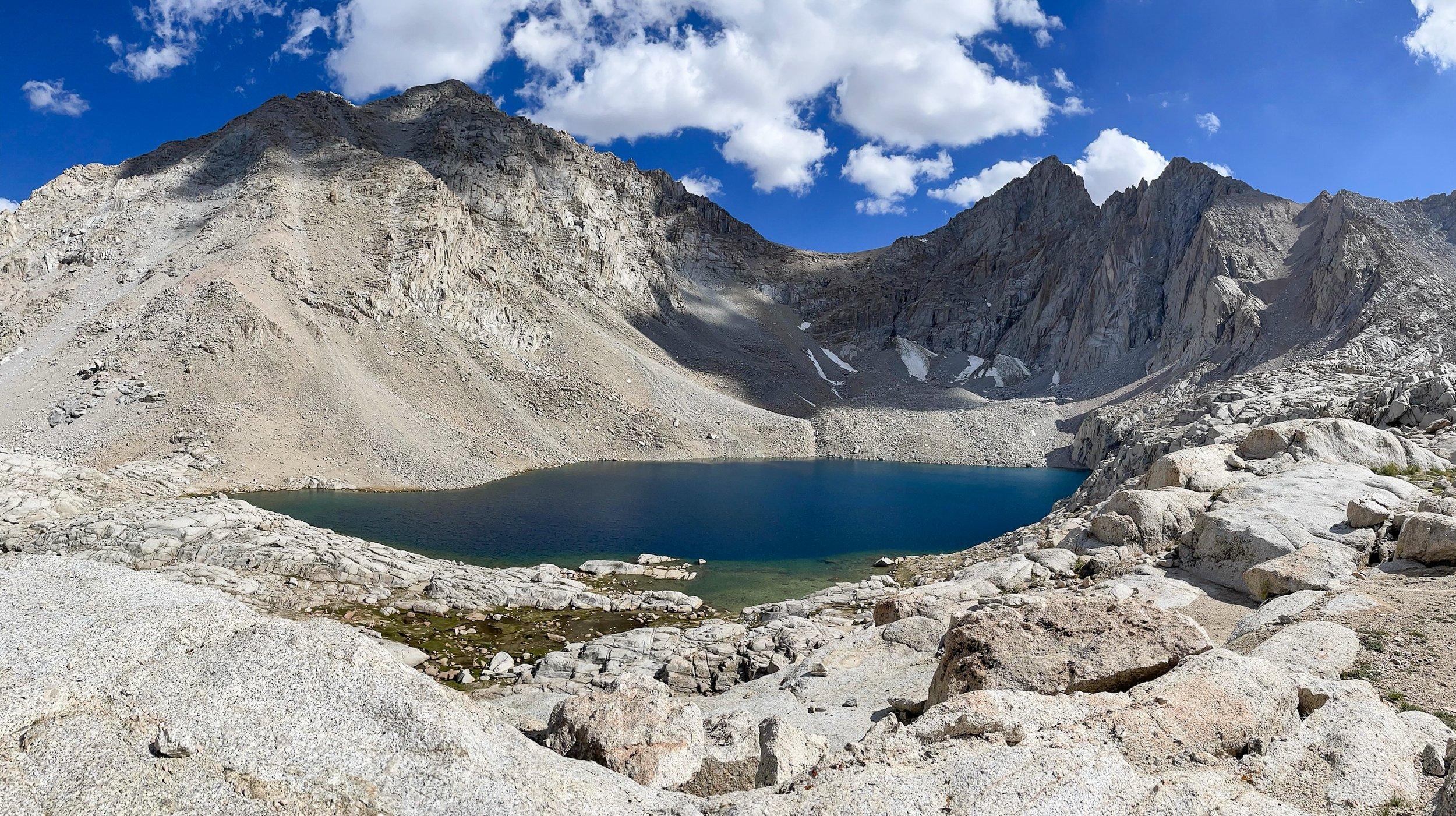
Exploring Consultation Lake: A High Sierra Gem
High in the heart of the Sierra Nevada Mountains, Consultation Lake beckons outdoor enthusiasts and nature lovers alike. This picturesque lake offers a tranquil escape and the perfect setting for fishing, camping, hiking, and adventure.
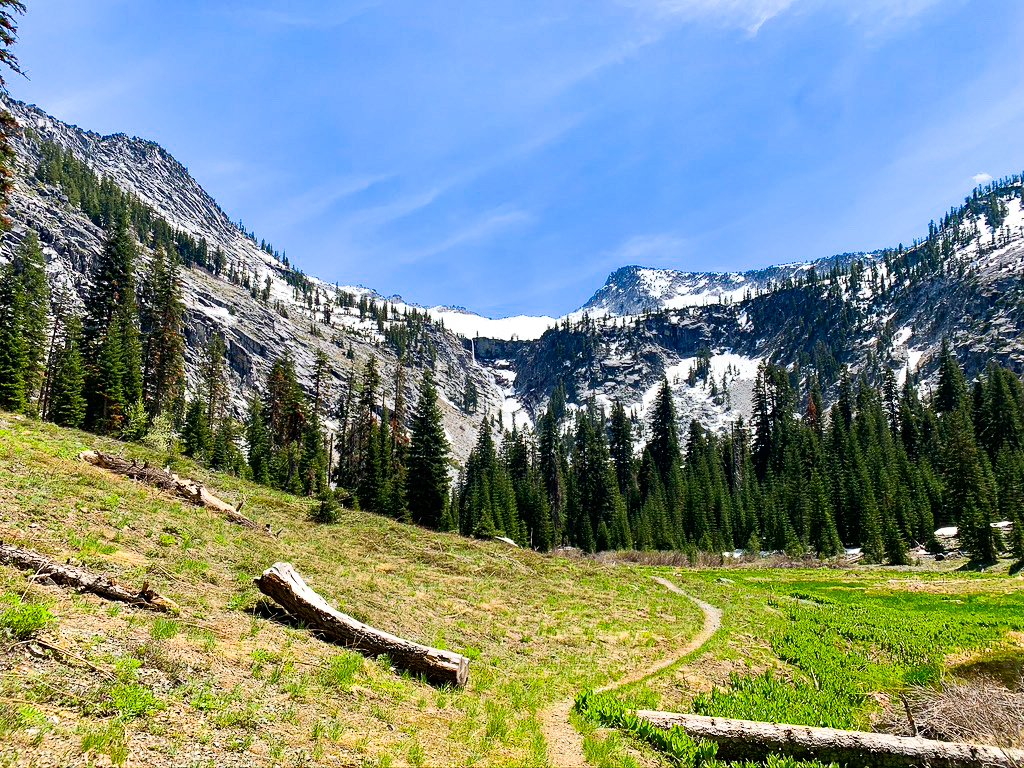
Treasure Tales: 5 Stories of Gold Discovery in California
In 1848, California became the backdrop for a pivotal historical event—the Gold Rush. This era began with James W. Marshall’s first major gold discovery at Sutter's Mill, near Coloma, California, sparking a massive influx of settlers and miners to the region. The ensuing gold fever transformed California, both economically and socially, as the state witnessed explosive population growth from less than 15,000 to 225,000 by 1852, and set the stage for numerous tales of lost treasures and undiscovered gold throughout the Sierra Nevada.
This article explores five captivating stories of gold discovery in California, unearthing the legend and lore of treasures that continue to intrigue and tantalize. From the Saddle Ridge Hoard to the elusive loot of Rattlesnake Dick, the Mormon Gold of Clear Creek, Black Bart's hidden fortune, and the unfound treasure of the Ruggles Brothers, each tale offers a glimpse into the adventurous spirit and the lure of untold wealth that have become inseparable from California's golden history.
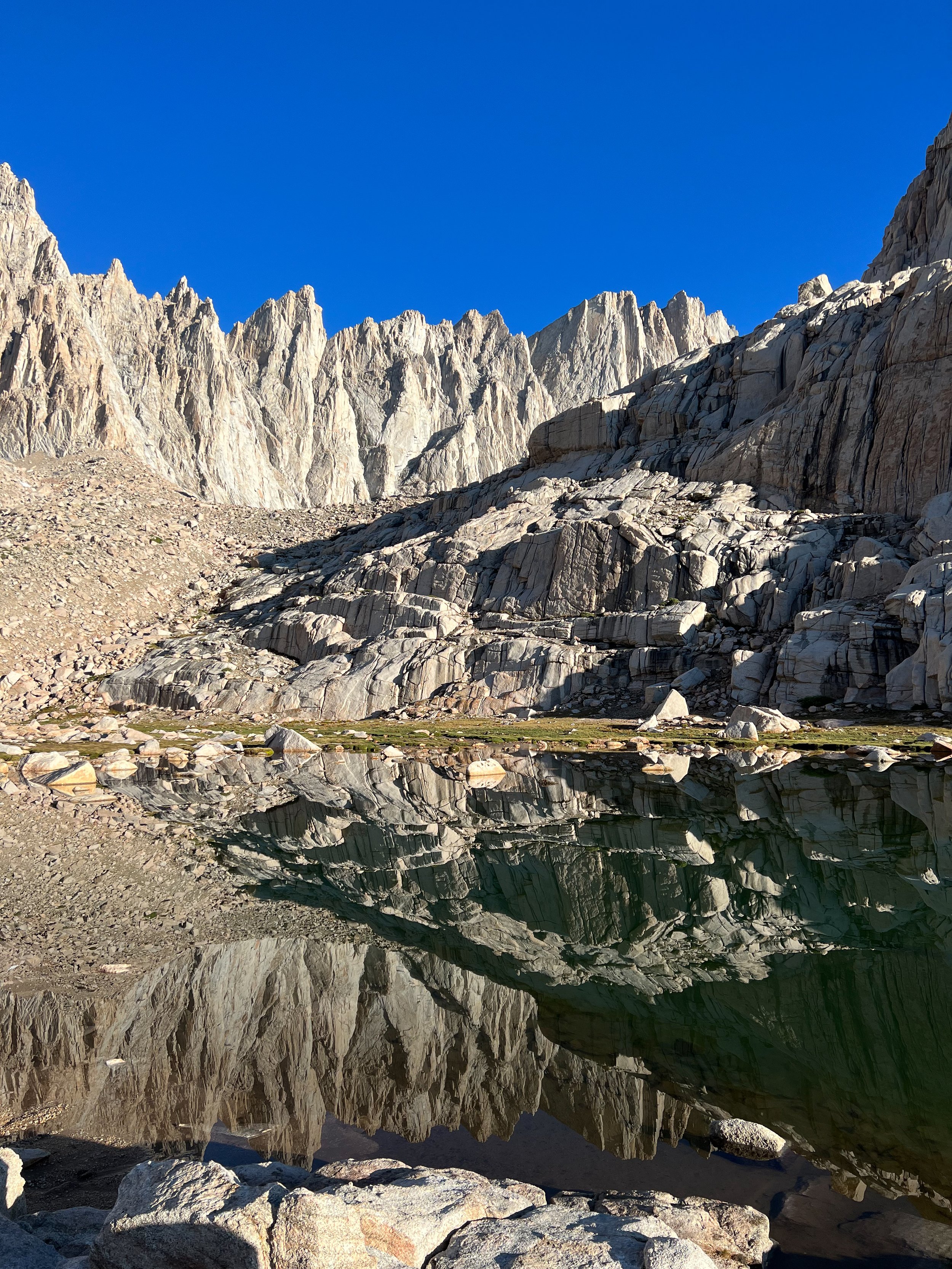
Discovering the Peak: The First Summit of Mount Whitney
Mount Whitney stands as the highest mountain in contiguous U.S. reaching an impressive height of 14,505 feet. This granite giant, part of the Sierra Nevada Batholith, is named after Josiah Whitney, a man who never summited the mountain.
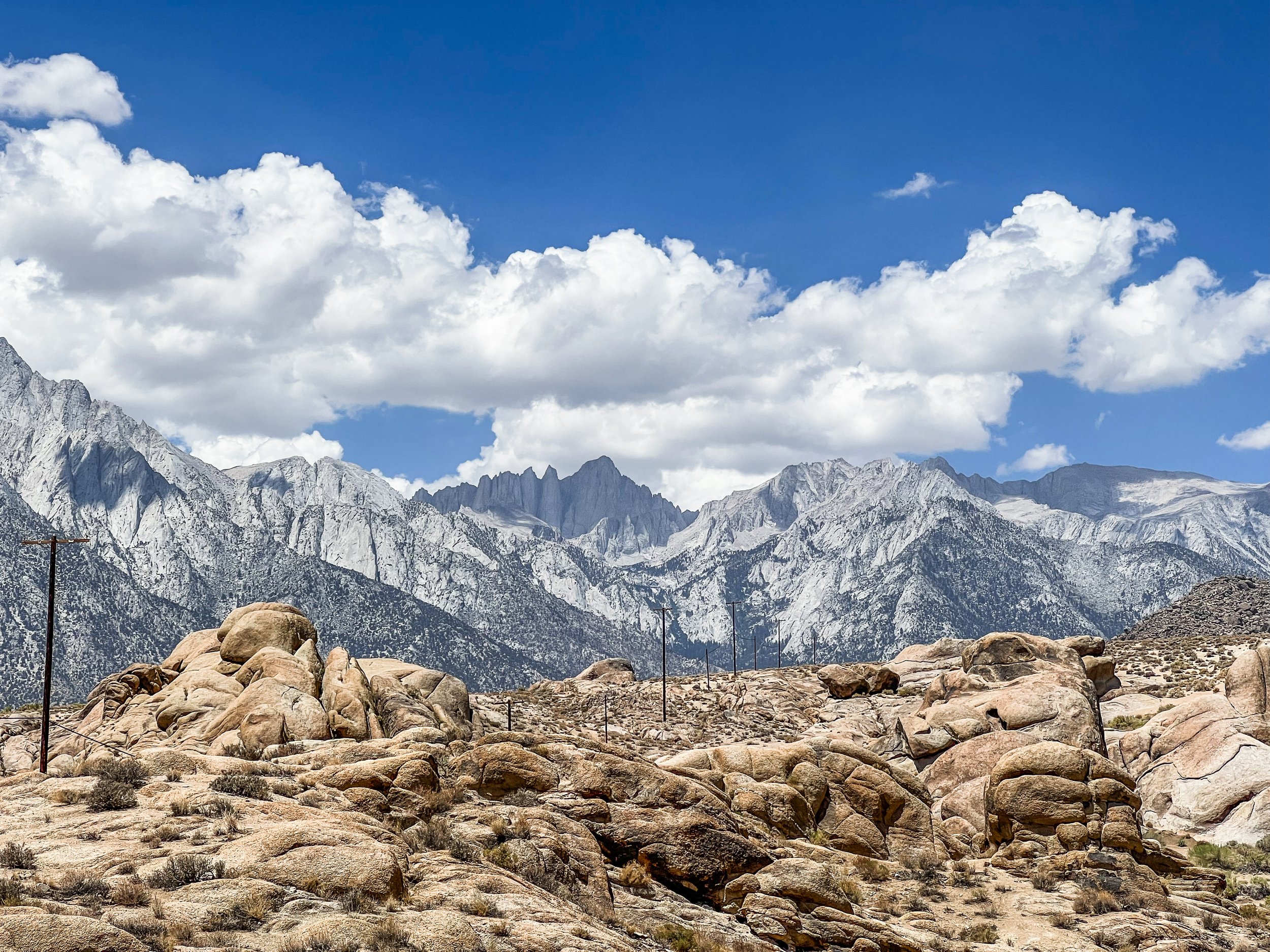
Exploring the Alabama Hills National Scenic Area: Top Hiking Trails
The Alabama Hills National Scenic Area is a striking landscape of rounded rock formations and eroded hills spread across approximately 30,000 acres in California. Managed by the Bureau of Land Management, this area not only boasts a rich cinematic history with over 400 movies filmed since 1920 but also offers a diverse range of recreational activities including hiking.
This stunning region, with its distinctive geological characteristics and diverse wildlife adapted to its harsh climate, provides a captivating outdoor experience for hikers and nature enthusiasts alike. As explorers traverse the trails, they will discover natural arches and windows that frame the rugged beauty of the distant landscape.

Kearsarge Pass: A Peek Into Its History
Kearsarge Pass, in the heart of the Sierra Nevada high country, stands as a majestic gateway at an elevation of 11,709 feet, bridging the wild expanse between Kings Canyon National Park and the John Muir Wilderness in the Inyo National Forest.
The significance of Kearsarge Pass extends beyond its beauty alone; it is steeped in history, being first crossed in 1864, and today, it continues to play an essential role in outdoor recreation and conservation. This article explores the chronicles of Kearsarge Pass, from its early explorations and naming to its role in mining, the ecology of its natural features, its connection with the prestigious John Muir Trail, and its historic importance, right up to the present-day conservation efforts that seek to preserve its unparalleled natural beauty for generations to come.
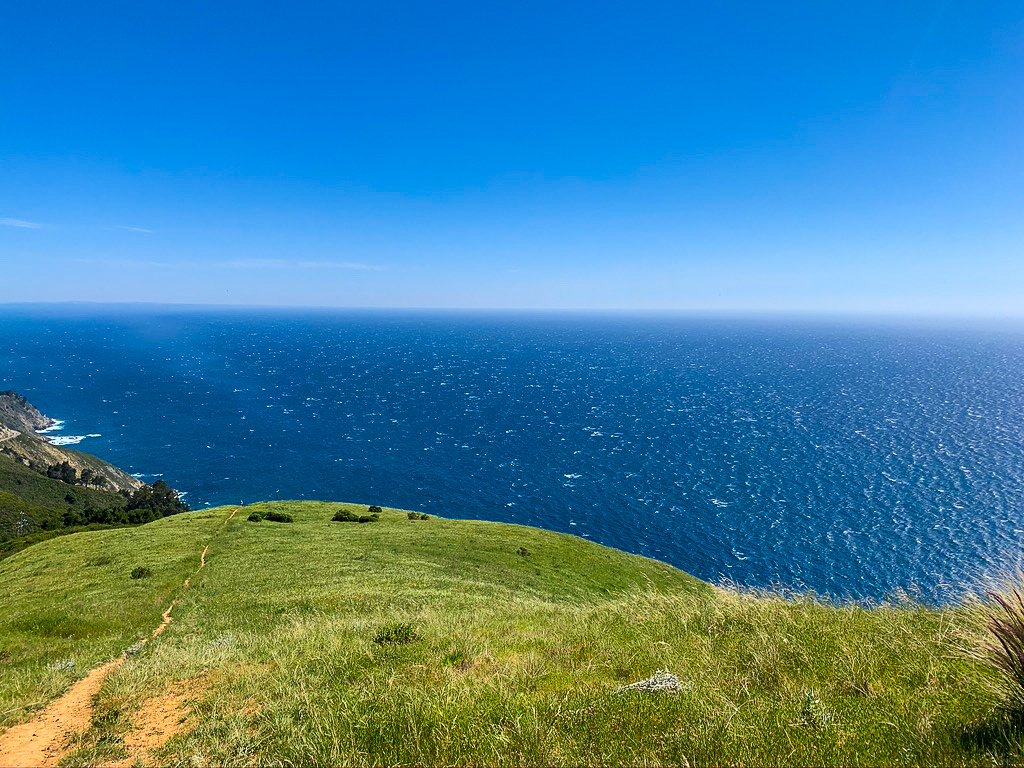
Unearthed: The Lost Gold of Big Sur in California's Untamed Wilderness
Big Sur, California, is not just known for its stunning landscapes and untamed wilderness; it's also the setting of a captivating legend about a treasure hidden in an underground world. The tale divulges how the indigenous locals entrusted the secret location of this mysterious realm to one individual who managed to uncover its tunnels and remarkable caves, revealing something beyond the ordinary. This narrative adds a layer of mystique to the already mesmerizing natural beauty of Big Sur, intertwining the allure of gold with the enchanting wilds.
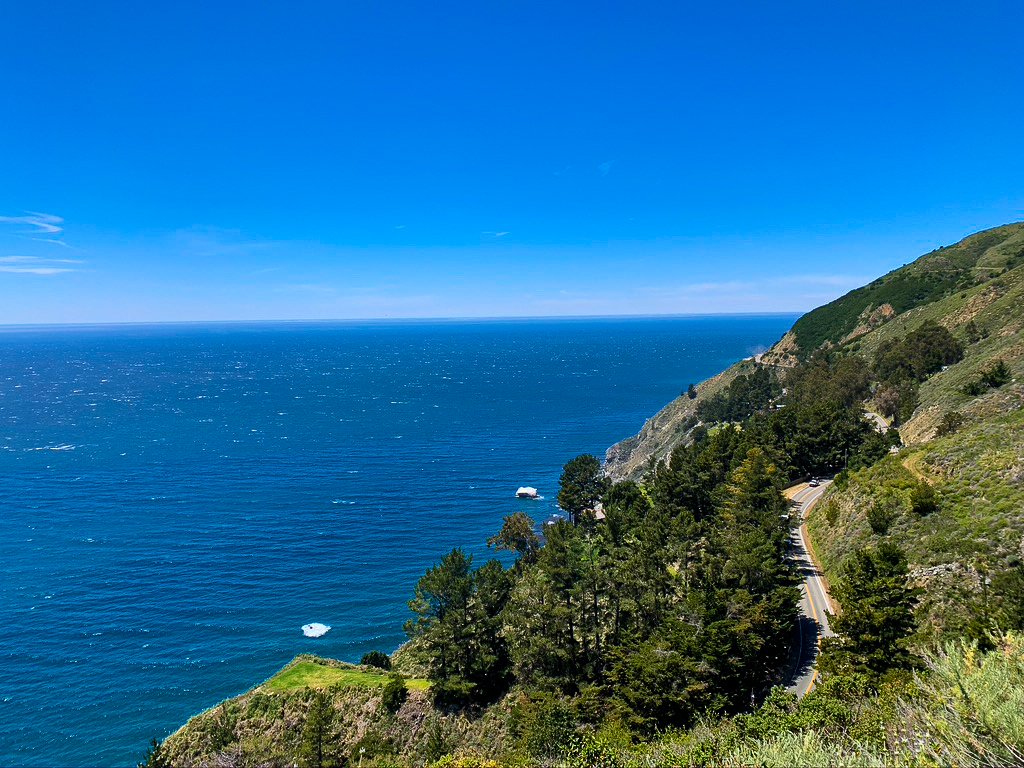
The Dark Watchers of Big Sur and the Santa Lucia
Big Sur is celebrated for its extraordinary landscape and the stunning Santa Lucia Mountains that rise sharply from the Pacific Ocean. These mountains, creating a dramatic backdrop against the ocean, invite cool temperatures and thick fog, adding to Big Sur's allure and mystery.
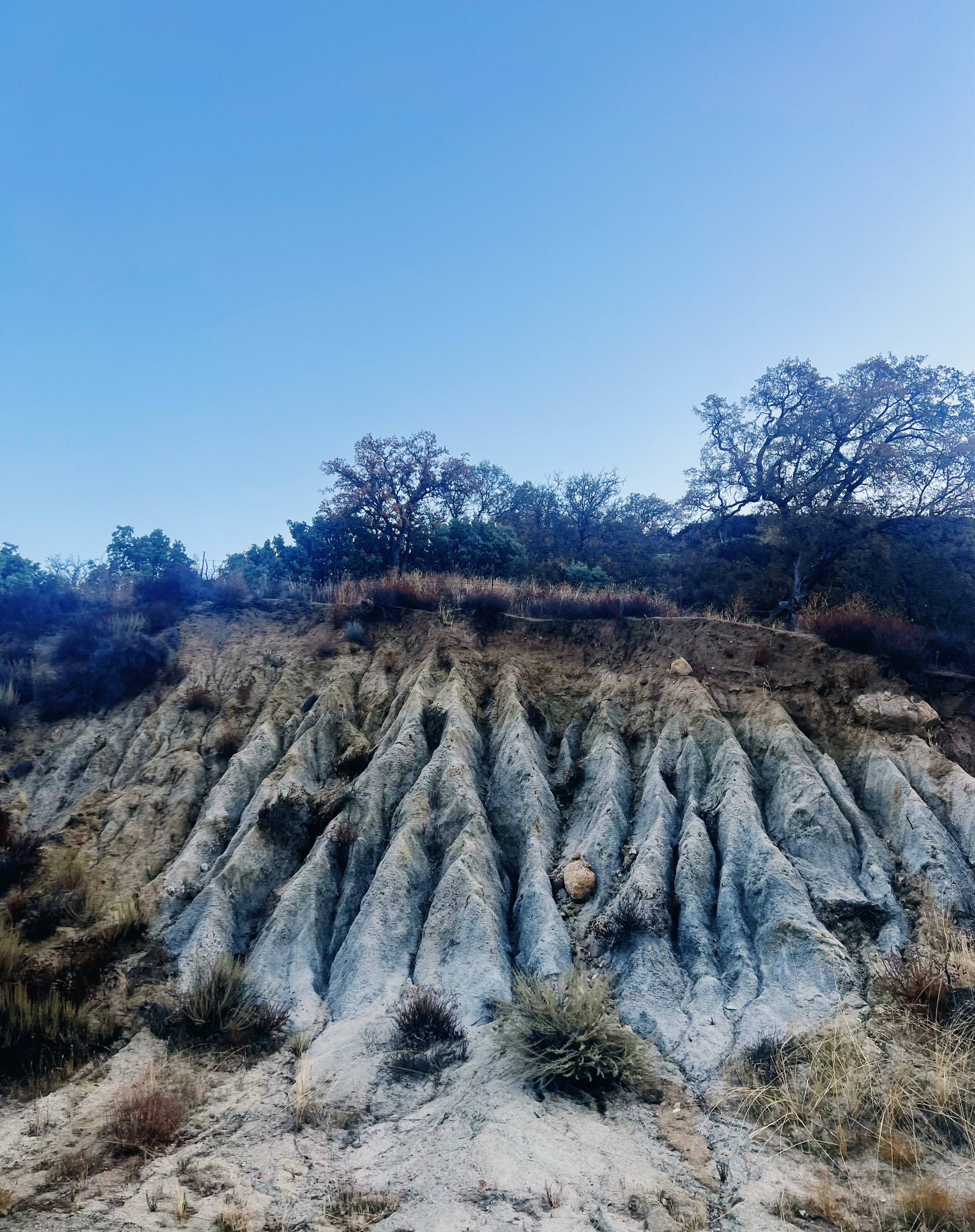
Tiburcio Vásquez: The Man, The Myth, The Legend
Tiburcio Vásquez was born in 1835 in Monterey, California and became one of the most iconic American Outlaws of all time. His legacy blends into the mythos of the Wild West with tales of daring, betrayal, and a quest for justice. His life, set against the backdrop of a California rapidly transforming under American annexation, encapsulates a turbulent period of history where the line between villain and hero blurs. A descendant of early settlers from the De Anza Expedition of 1776, Vásquez's legacy is etched into the very landscape of California, from the Vasquez Rocks in Los Angeles County to the historical narratives that paint him either as a ruthless bandit or a Californio Robin Hood.
Spanning the years 1854 to 1874, Vásquez's story unfolds across a California where loyalty, honor, and vengeance drive actions just as much as the pursuit of justice and equality. His exploits, leading up to his capture and execution in 1875, feed legend that surrounds his name, making him a figure of ongoing fascination and debate. As this article explores the intricate tapestry of Tiburcio Vásquez's life—from his early years in Monterey, through his ascendancy as a noted bandido, to his ultimate fate—we delve into the complexities that define a man turned myth, examining the motives, the myths, and the undeniable mark he left on California's history.
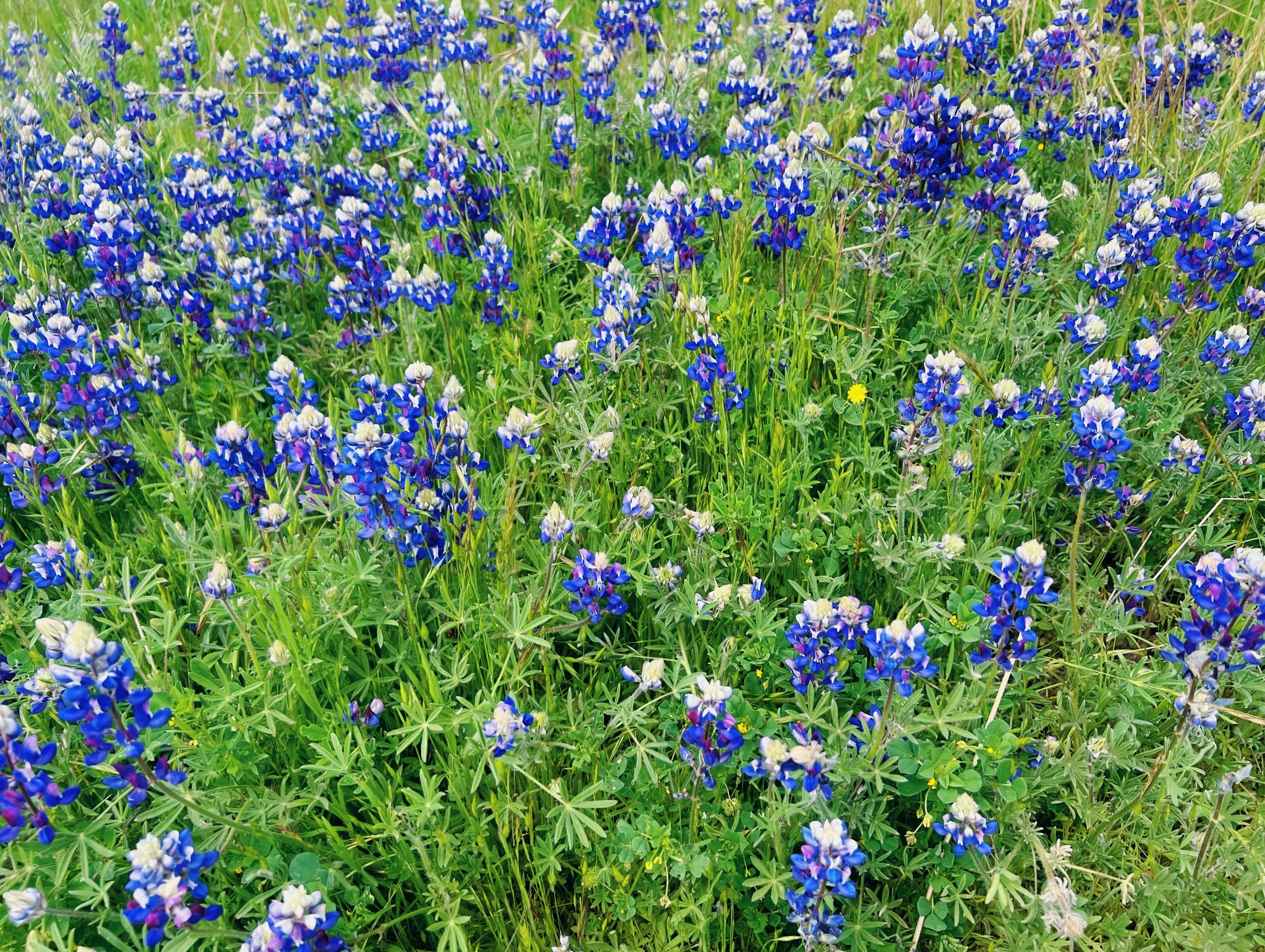
Exploring the Beauty of California’s Lupine
The lupine, with 55 native species in California, stands as a vibrant testament to the state's rich biodiversity. Interestingly, the scientific name Lupinus is derived from the Latin word for "wolf," reflecting the ancient misconception that they depleted minerals from the soil like a wolf. Contrary to this belief, lupines actually enhance soil fertility by fixing nitrogen from the air, which benefits other plants.peaks to an ancient belief that lupines robbed the soil of nutrients, though in truth, they enrich it by adding nitrogen.
In the ecosystem, lupines are not just a spectacle of beauty but also offer habitat and food that support the caterpillars of butterfly and moth species, as well as bees, hummingbirds and other important pollinators. These interactions, among others, highlight the importance of native plants in maintaining healthy ecosystems.
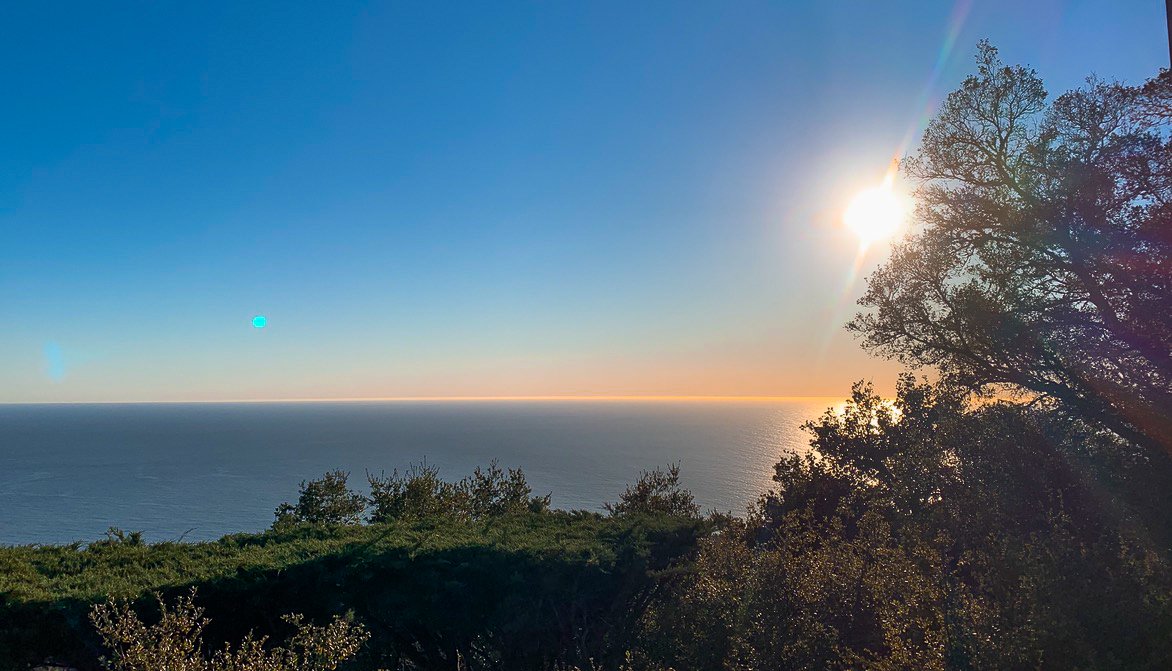
Robert Fuller's Search for Vasquez Treasure: An Untold Story of Lost Treasures in California
Tiburcio Vasquez, born in 1835 in Monterey, became one of California's most notorious bandits, believed to have hidden vast treasures across the state of California. His criminal activities climaxed with the violent Tres Piños incident of 1873, resulting in his capture and subsequent execution in 1875, leaving behind tales of buried gold that captivate treasure hunters to this day. This fascination with Vasquez's supposed hidden treasures forms a unique chapter in the chronicles of lost treasures in California, stirring the curiosity of adventurers and historians alike.
Among those captivated by the allure of finding Vasquez's treasure was Robert Merton Fuller, a Los Angeles machinist, who in the 1950s poured his resources and zeal into unearthing the treasure allegedly buried in the Santa Susana mountains. Fuller's tragic end in July 1954, found dead at the bottom of a 40-foot shaft, only deepened the mystery and speculation surrounding the treasure's existence. Whether Fuller met his demise finding the treasure, fell victim to foul play, or succumbed to natural causes remains a subject of debate, enriching the lore of California's gold and treasure pursuits.

Adventuring Big Sur: All You Need to Know about Hiking Timber Top Trail
The Boronda Trail to Timber Top Camp in Big Sur offers adventurers a challenging yet rewarding journey, marked by sweeping coastal views and rigorous paths. This trek spans a 6.2-mile roundtrip and is classified as difficult, making it a pinnacle experience for backpacking in Big Sur.
The trail epitomizes the rugged beauty and challenges that define backpacking in this iconic Californian landscape. This article offers insights for navigating the demanding terrain of the Timber Top Trail, from preparation to conservation efforts, ensuring a memorable expedition.
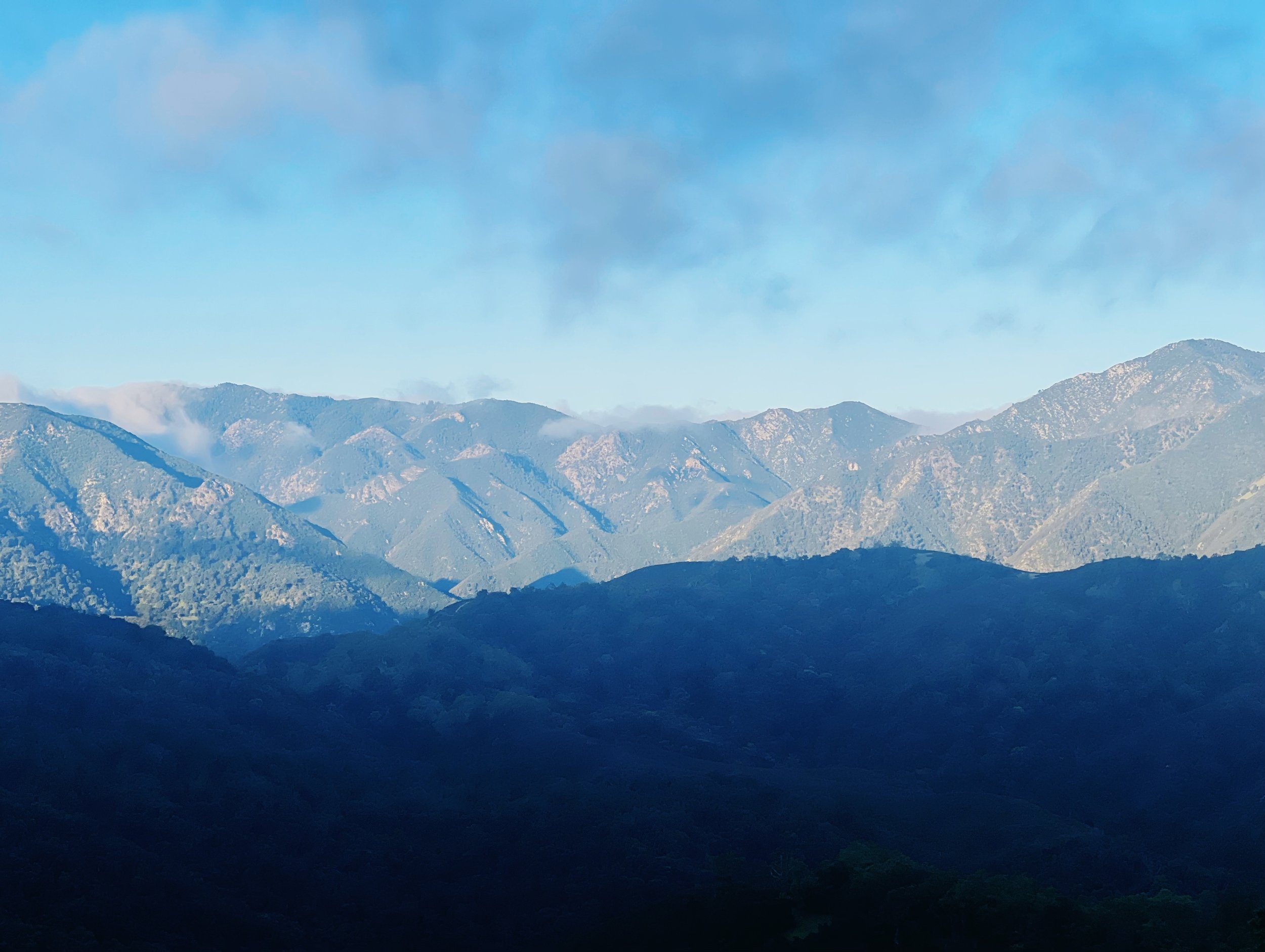
The Santa Lucia Mountain Range
The Santa Lucia Mountain Range stretches from Carmel southeast to the Cuyama River in San Luis Obispo County over 140 miles. Characterized by its rugged terrain, the Santa Lucia Range is uniquely positioned, never more than 11 miles from the coast, boasting the steepest coastal slope in the contiguous United States. Cone Peak, standing at 5,158 feet, is the highest peak in proximity to the ocean in the lower 48 United States.
This guide explores the Santa Lucia Range’s geography, historical significance, peak and terrain features, and the diversity of flora and fauna. Additionally, it will cover the conservation efforts within national forests to preserve its pristine beauty and the range of recreational activities available. From its scenic highways to the array of outdoor pursuits it offers, Santa Lucia and its mountains hold a special place for both the adventurer and the environmental enthusiast.
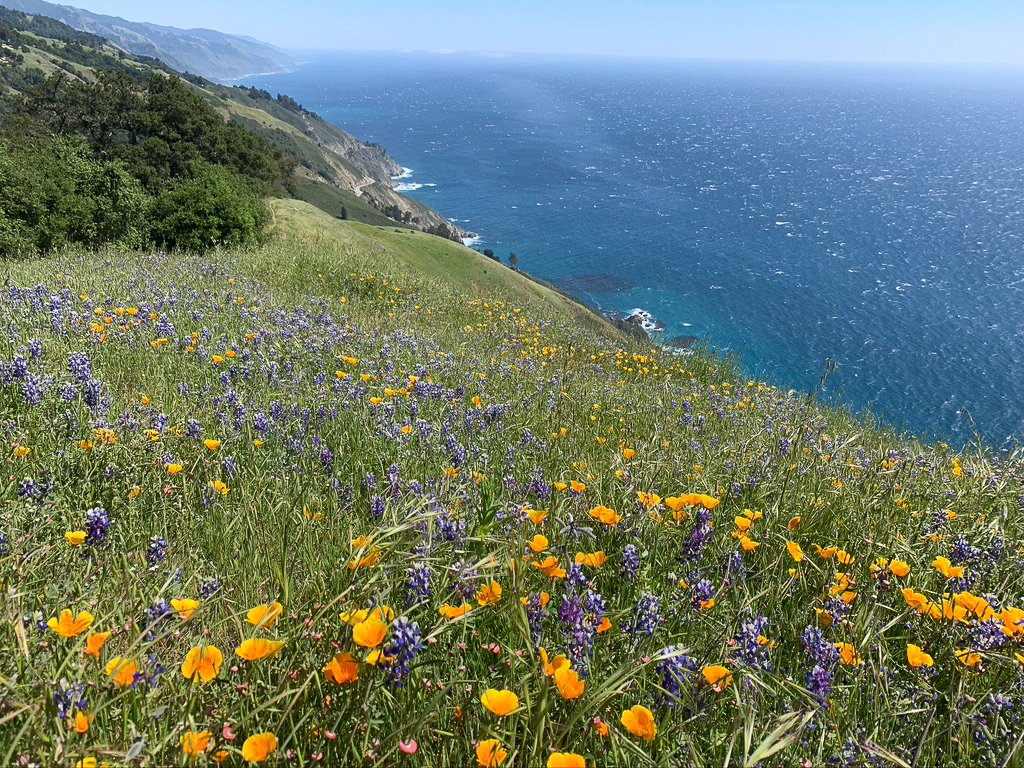
Condors in Big Sur: An Insightful Exploration of their Status and Survival
The California Condor, recognized as one of the largest flying birds in the world and the largest land bird in North America, boasts a majestic wingspan of over nine feet and weighs up to 20 pounds. This remarkable species, however, faced a sharp decline in population due to shooting, poisoning, and habitat destruction, leading to the last wild California Condor being taken into captivity in 1987 to save it from extinction. Thanks to a concerted effort through captive breeding and reintroduction programs, such as those spearheaded by the Ventana Wildlife Society in 1997, the total population saw a gradual increase that continues to today.
This article explores the plight faced by the California condor, the pivotal conservation efforts in Big Sur, and how these initiatives contribute to the ongoing survival and recovery of the condors.
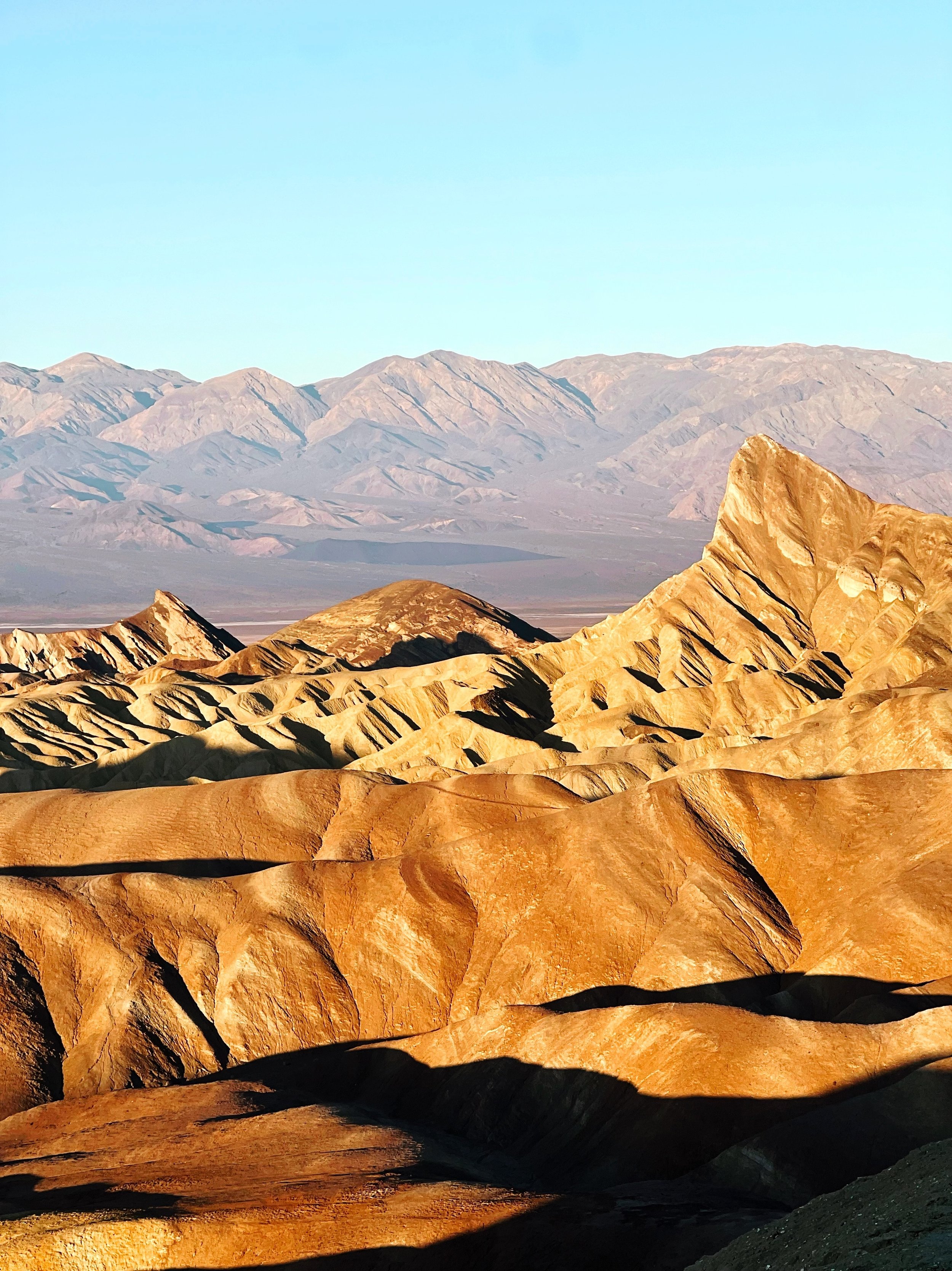
Link to Petition to “Make the Department of the Interior accountable for persons missing in our National Parks & Forests”
Link to Petition to “Make the Department of the Interior accountable for persons missing in our National Parks & Forests”

Yosemite Missing Persons: The (Un)Known Numbers of Lost Children and Adults
Yosemite National Park, spanning 748,542 acres with 360 miles of paved roads and 800 miles of developed trails, is a renowned destination for countless visitors each year. Along with its beauty, the park is also known for a more troubling aspect: missing persons. The park's large area, combined with the complexity of its terrain, contributes to the challenge of locating missing individuals promptly.
The Yosemite National Park missing persons phenomenon is one of the largest clusters in the world, drawing attention not only for the number of instances but also for the varied and sometimes unexplainable circumstances surrounding those disappearances. Reasons range from accidents and criminal activity to more speculative causes, with no shortage of theories attempting to explain the unsettling trend. This article aims to explore some data on missing persons in Yosemite, search and rescue operations, and discuss the challenges in preventing and managing these cases, offering readers a look into this perplexing issue.
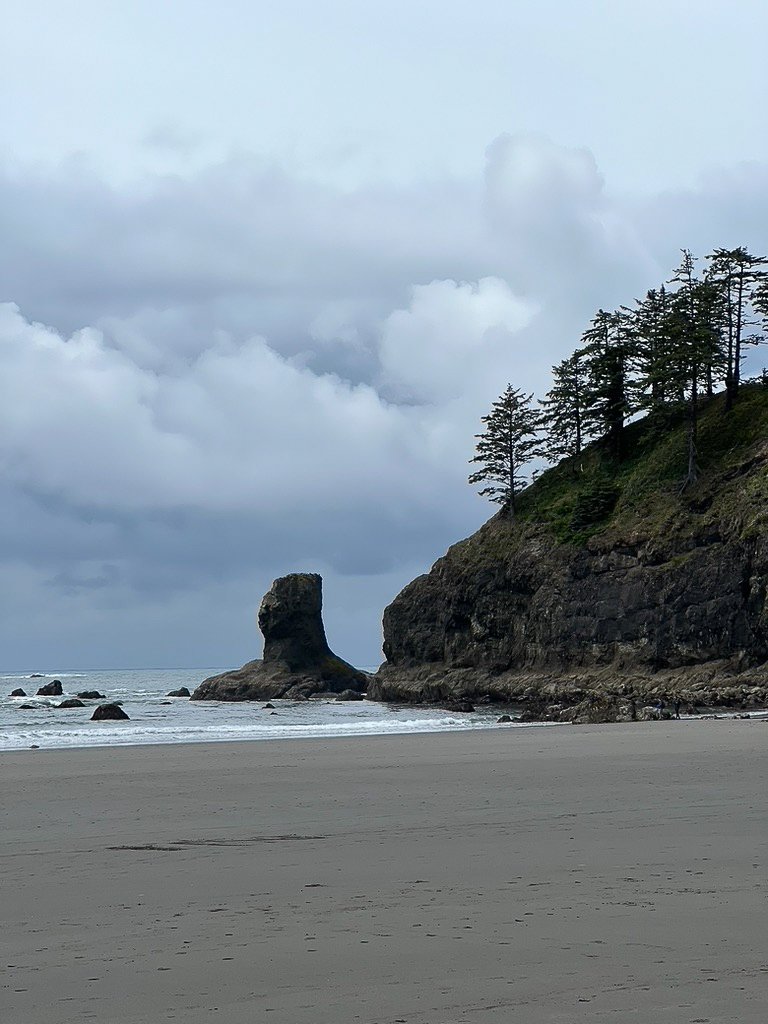
Discover UNESCO World Heritage Sites in the Western U.S.
The United States ratified the World Heritage Convention on December 7, 1973, demonstrating a commitment to identify, preserve, and celebrate the world's most significant natural and cultural landmarks. The Western U.S. is home to several breathtaking UNESCO listings, including renowned parks like Yosemite and Olympic National Park.
This article explores a couple iconic UNESCO World Heritage Sites in the Western U.S., including the majestic landscapes of Yosemite, the ancient Redwoods, and the unparalleled beauty of Olympic National Park. The journey doesn't stop at these well-known landmarks; it also touches on the importance of these sites to cultural heritage and conservation efforts, as well as the critical role visitors play in their preservation. Discovering these treasures not only enriches our understanding of natural and cultural significance but also emphasizes the responsibility shared by all to protect these wonders for future generations.
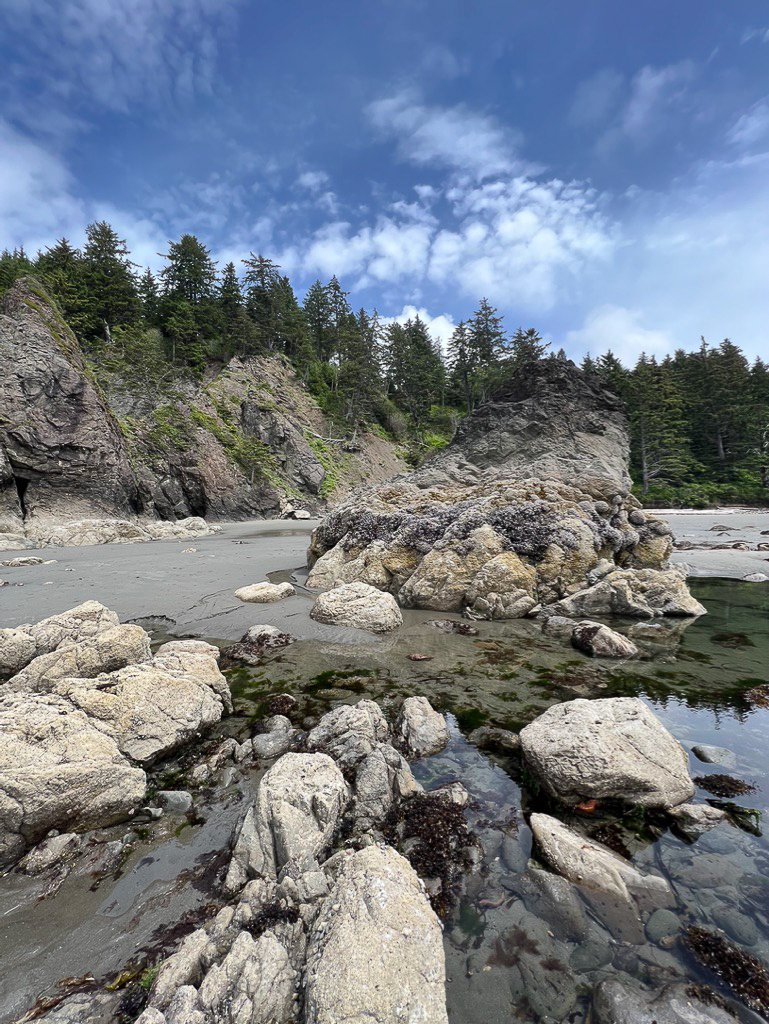
The UNESCO World Heritage Site: An Informational Guide
The UNESCO World Heritage Site status is celebrated as a mark of 'outstanding universal value to humanity', emphasizing the importance of preservation for future generations. This prestigious designation, managed by UNESCO's World Heritage Centre, encompasses an array of unique and diverse locations worldwide, such as the Serengeti in East Africa, the Pyramids of Egypt, and Yosemite National Park in the United States.
Selected based on their exceptional universal value, UNESCO World Heritage Sites must meet at least one of the ten selection criteria to ensure their significance in cultural, historical, scientific, or other domains is recognized globally. These sites, forming an integral part of the world's heritage, belong to all peoples regardless of their geographical location.